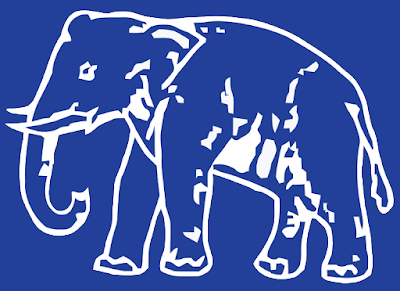BAHUJAN SAMAJ PARTY

BAHUJAN SAMAJ PARTY Bahujan Samaj Party (BSP) or Majority People's Party is one of the only six prominent national political parties of India. The ideology of the Bahujan Samaj Party (BSP) is ‘Social Transformation and Economic Emancipation’ of the ‘Bahujan Samaj’, which comprises of the Scheduled Castes (SCs), the Scheduled Tribes (STs), the Other Backward Classes (OBCs) and Religious Minorities such as Sikhs, Muslims, Christians, Parsis and Buddhists and account for over eighty five percent of the country’s total population. The symbol of BSP is a white elephant in blue background.